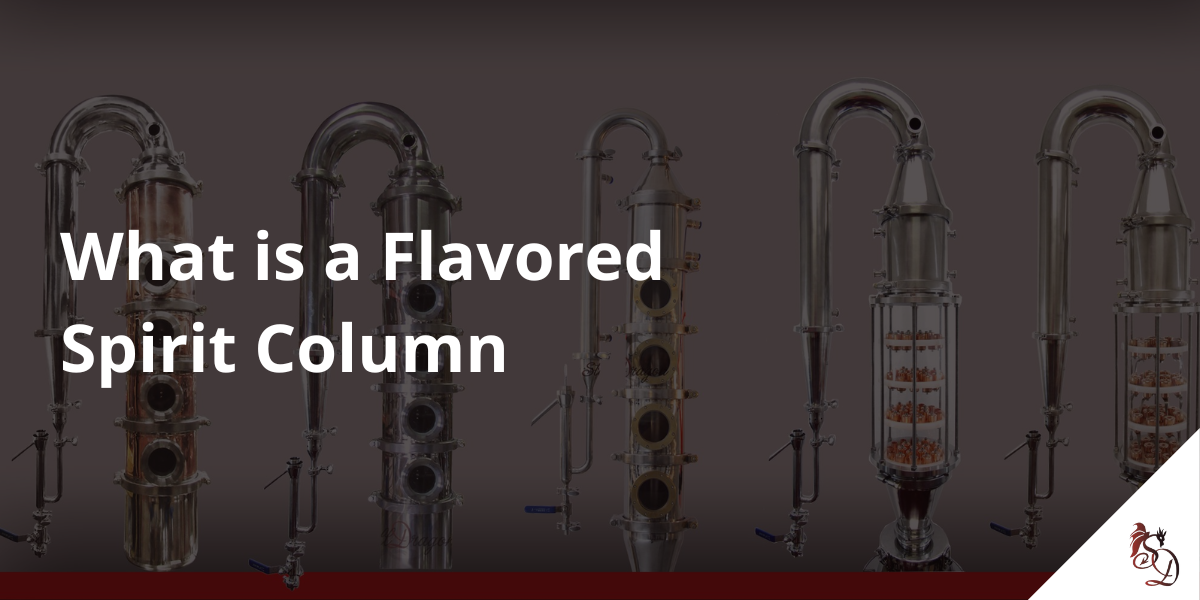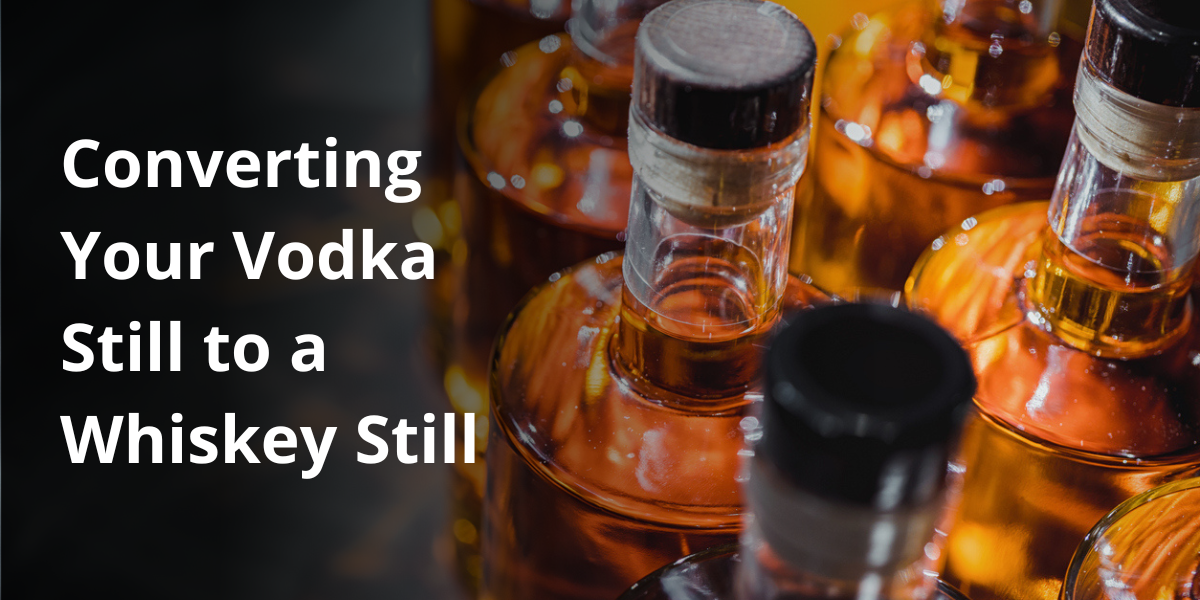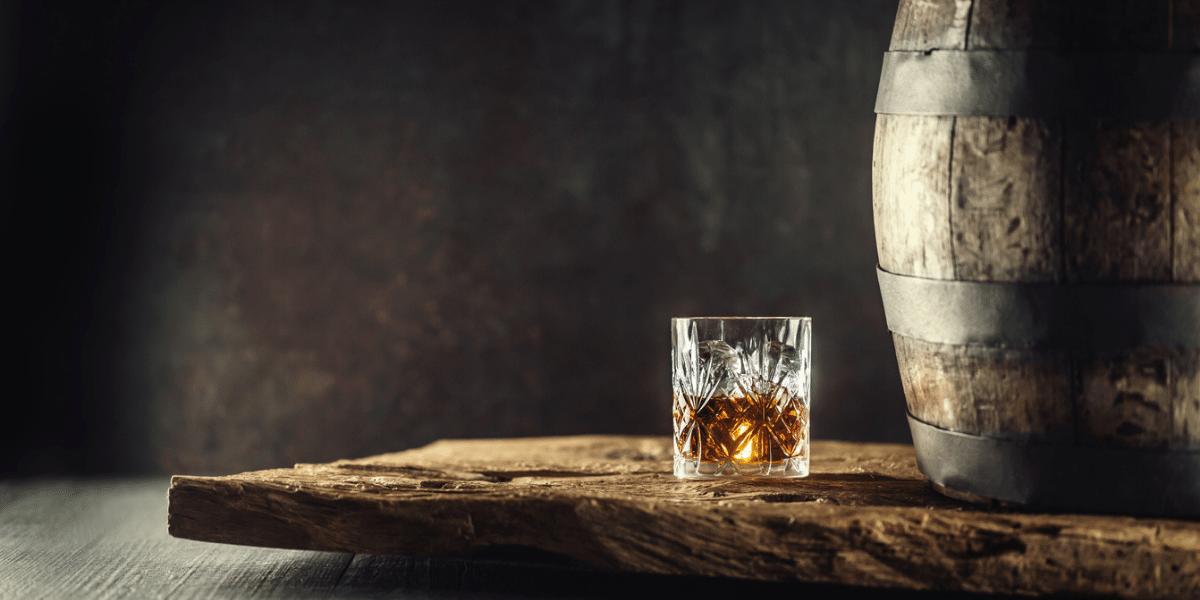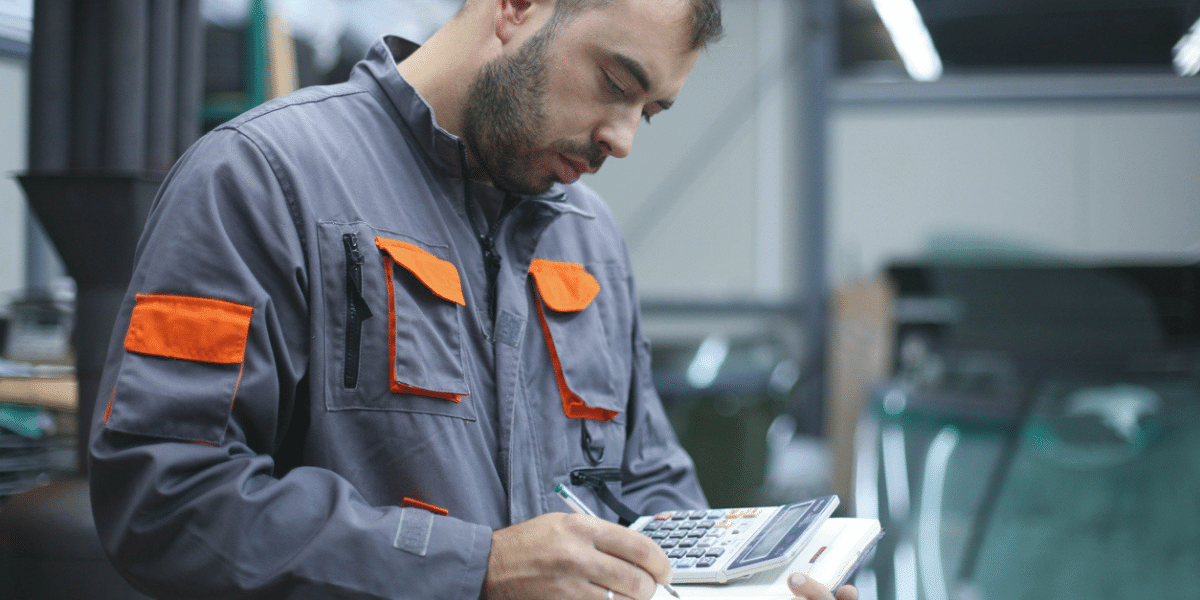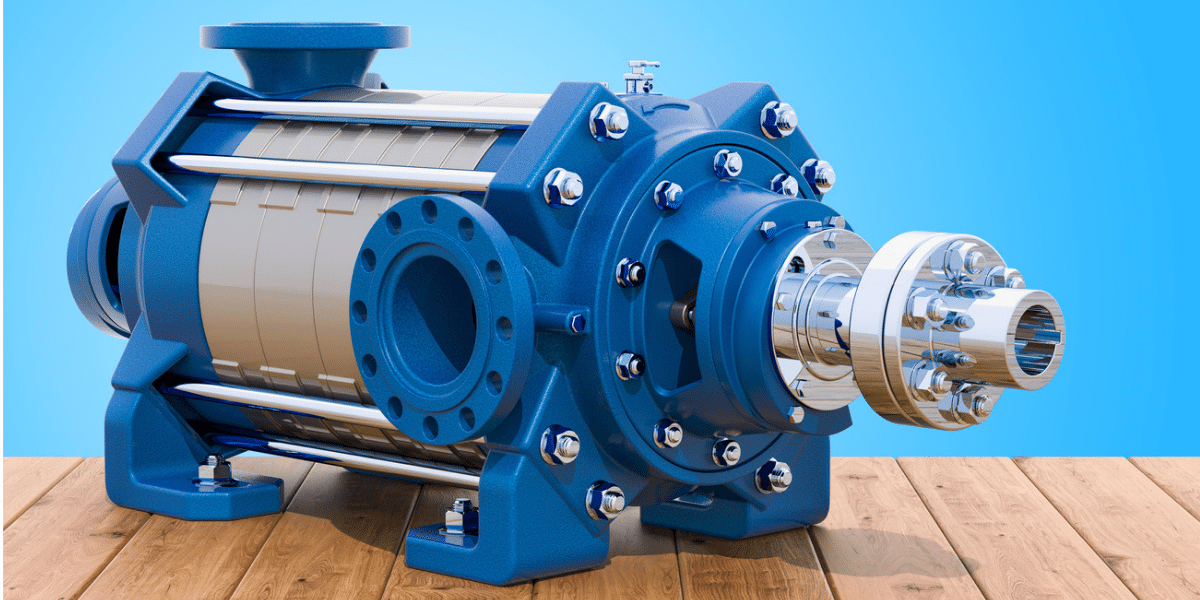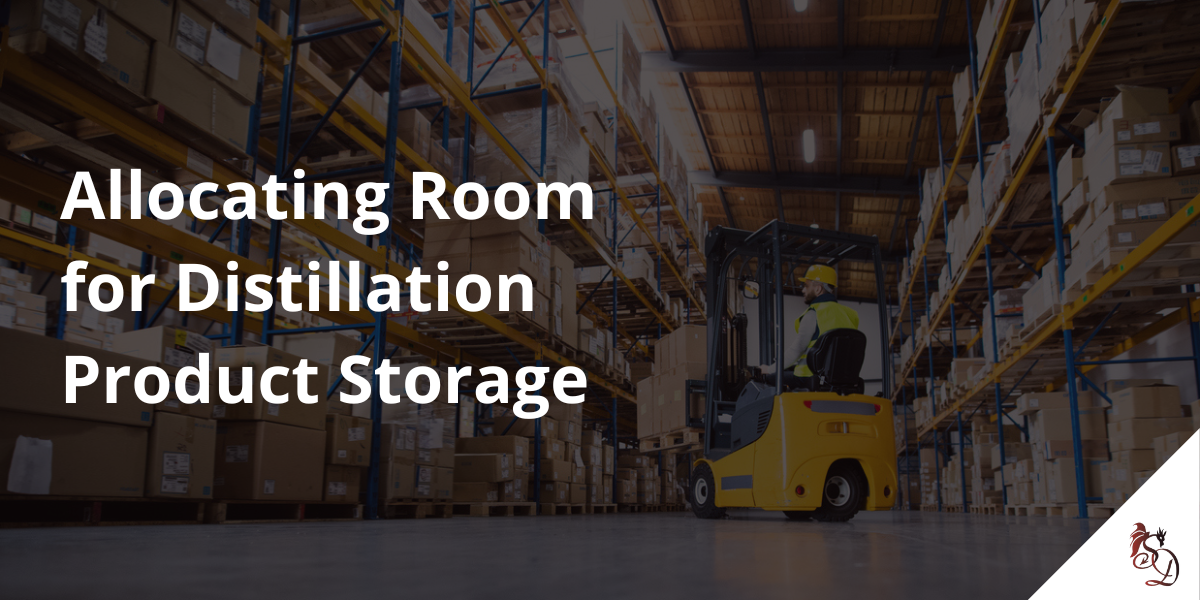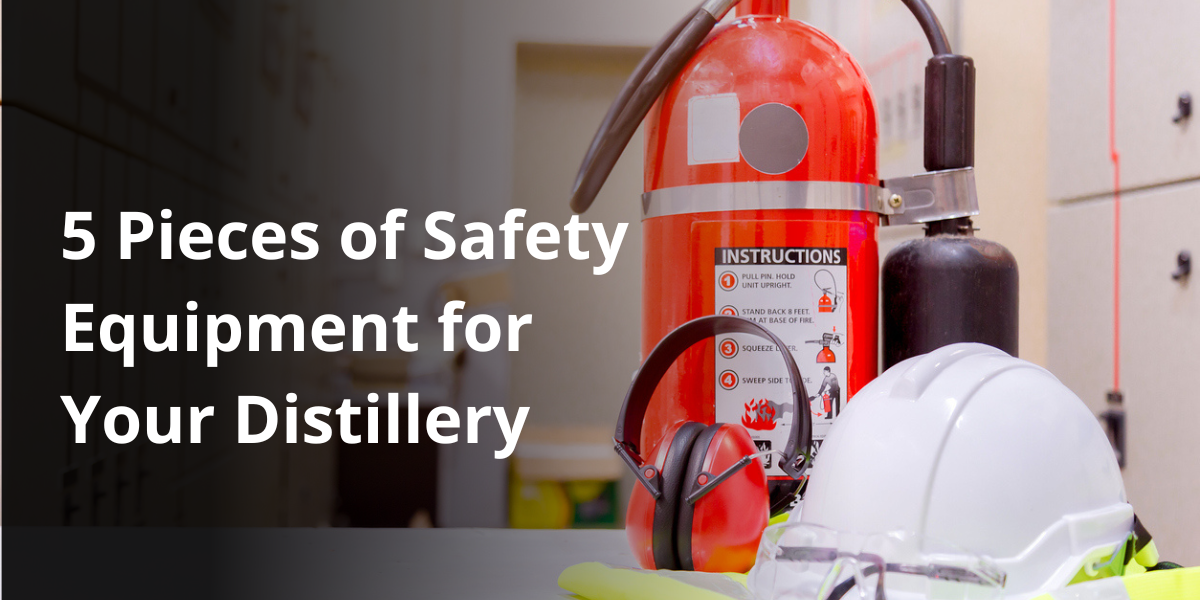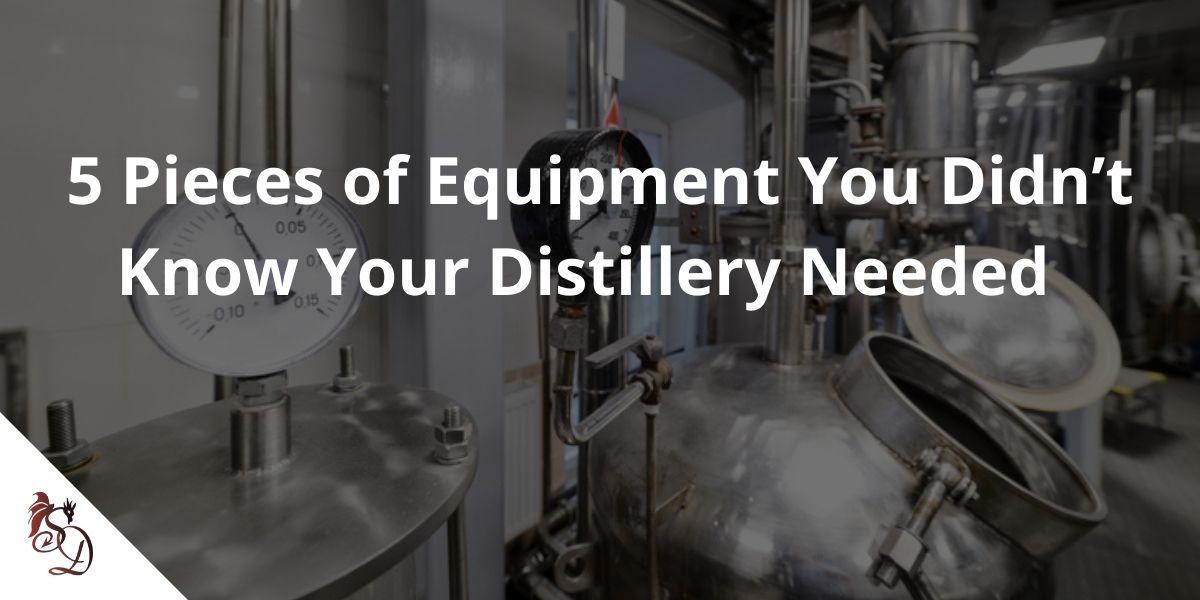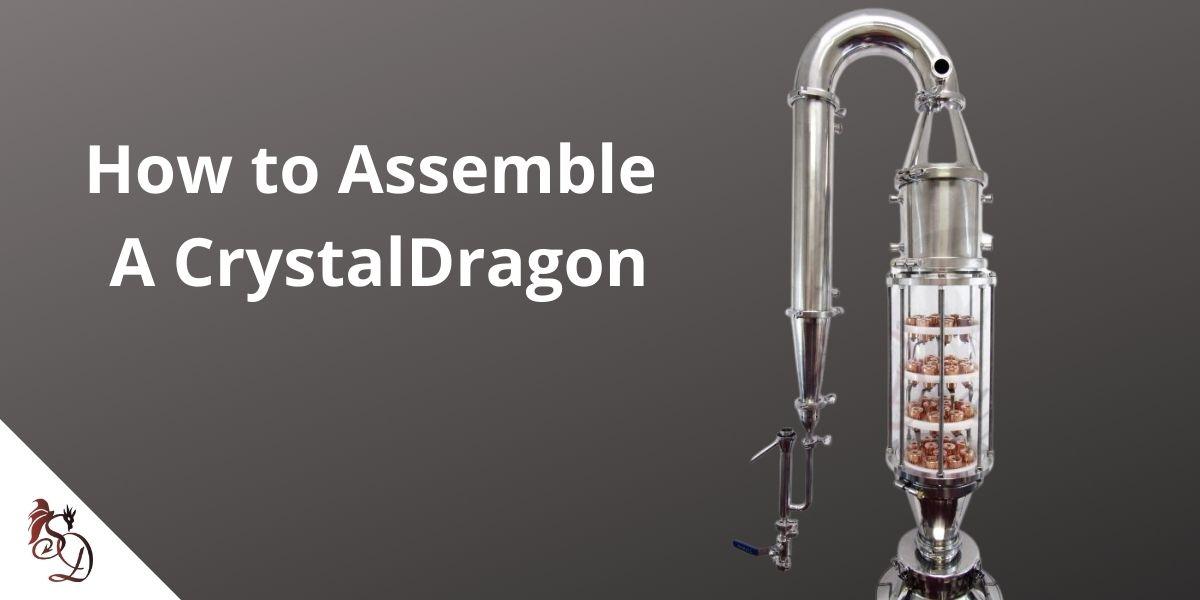Whiskey, Rum and Brandy
As mentioned in previous blogs, the humble pot still holds the record as the distillation apparatus with oldest and perhaps most prestigious pedigree of all the stills ever produced. So much so that the image of a pot still is pretty much universally recognized as the symbol of a distilled spirit.
Pot stilled spirits are some of the most sought-after spirits on the planet. And mechanically speaking, the pot still is the least sophisticated still to operate.
Pot stills are an excellent choice for making flavored spirits like whiskey, rum and brandy. However, compared to more modern stills, the pot still could be considered the least efficient? Meaning that the system itself does not perfectly separate the ethanol from the mixture in the kettle. But in my view, it is this inefficiency that if exploited artfully, is what makes pot stilled spirits so good. The pot still is in other words bad at removing flavor. And this is of course good news for whiskey, rum and brady.
The rub here is that the inefficiency often gobbles up resources. And in today’s economy, that usually translates to reduced profit margins. Especially for a start up trying to get a foot hold.
Pot stills must be run relatively slowly, or the kettle charge needs to be run twice in order to achieve the degree of separation needed for the best finished product. Now there are ways to optimize production by implementing a dedicated stripping program by which an allotment of time is dedicated to fast and hard stripping runs. This strategy focuses on simply reducing the amount of water in the first run distillate. Doing so allows the distiller to run the second run much faster than the first. Abv for the second run is higher, and therefore will come to temperature much faster as well as render faster collection speeds without compromising the desired abv of the collected distillate.
Having a dedicated stripping program and a dedicated spirit run program can reduce the aggregate, annual labor hours spent baby-sitting the still. But ultimately, the still has to be fired twice to render finished distillate.
One and Done
At some point in history, distilleries needed to find ways to increase productivity with out compromising perceived quality in their finished spirits. Here is where the plated short column or flavored spirit column comes into play.
With a plated column, there are literal plates or dish shaped sections that maintain a liquid bed created by the returning reflux being generated by the reflux condenser at the top of the column. Each of these plates represents one complete phase change cycle. In other words, vapor enters the liquid bed, the liquid bed then condenses the vapor, and finally incoming heat from below will flash the newly condensed liquid back into vapor as the newly established boiling point of the liquid is now lower because the abv is higher and it take less heat to flash off higher abv alcohol. We have talked about this phenomenon previously and often refer to this as a positive feedback loop. And so, at each plate level the vapor goes through the process of being condensed to liquid and then re-vaporized.
If we take several of these plate sections and install them into an up right shaft or column, we can re produce the equivalent of multiple pot still runs. And we can do this by only having to fire a single kettle charge.
Additionally, by employing a reflux condenser we can manipulate the abv on the plates to be more precise with the separation of alcohol process. If we can do this all-in-one run, and increase the total yield in less time, then we have increased our efficiency on a couple of levels.
The rub here for this type of still is that some would say that that the plated column with its multiple phase change cycles will remove too many desirable congers in the finished spirit making the finished product thin and insipid.
I personally would disagree with this opinion since there are multiple ways to run the plated column, and not all spirits render out the same. In my opinion whiskey distillation is far more forgiving than rum. The extra ability to manage and manipulate the finished distillate with a short, plated column really does help many rum profiles. Additionally, many of the brandies produced around the globe are made with multi plated “brandy stills”. Yet another example of a flavored spirit produced with a short column.
Congeners
Congeners by definition and context are described as: “A minor chemical constituent, especially one that gives a distinctive character to a wine or liquor or is responsible for some of its physiological effects.”
Congeners are what give each respective spirit its characteristic, familiar flavor profile.
Pot stills as I illuded to earlier do not efficiently remove congeners. The result is that pot stills do make a full-flavored finished spirit.
Plated columns on the other hand can indeed trap congeners at multiple plate levels. This behavior can then allow returning reflux created by the reflux condenser to reintroduce previously distilled alcohol molecules back into liquid on the plate where congeners are trapped. Basically, reinfusing returning reflux with flavor provided by the congeners trapped on the plate. So, in spite of the column’s ability to render a higher abv, the resulting distillate can actually be dirtier or even more flavorful than distillate produced in a pot still. Here below is an actual analysis table that I have posted previously that illustrates what I have explained above.

Each type of still deserves to be recognized for the advantages that it brings to the table. Each type of still, with a competent operator can render a wonderful, finished spirit. We have in the pot still the oldest technology that has been tried and true long before all of the other technologies that came after and remains tried and true to this very day. And we have the more modern technology that is responsible for increasing efficiencies. Which is better? The answer is as it has been for so many other blog topics: It depends.
